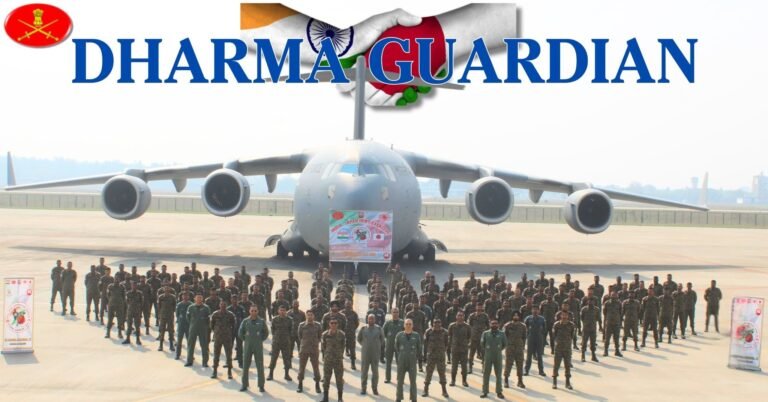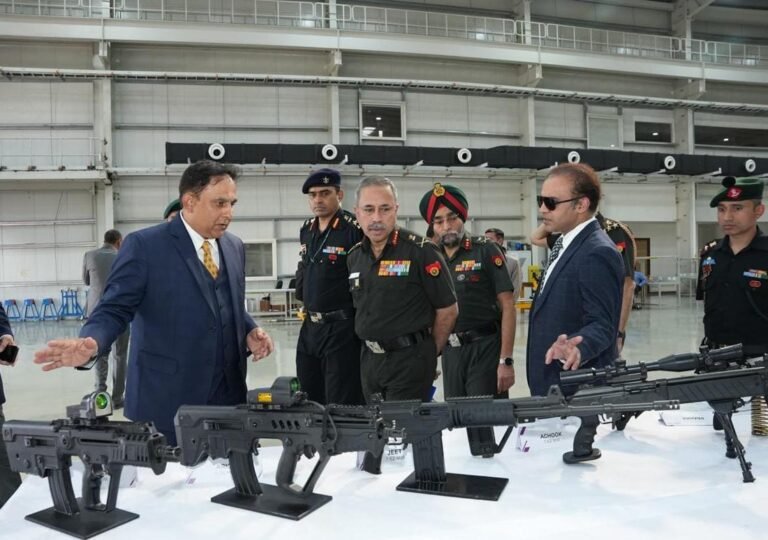
F-35 and SU-57: Aero India 2025, which wraps on 15-feb, featured a showdown between the US F-35 fighter jet and Russia’s SU-57. While the SU-57 performed a flight demonstration on Thursday, the F-35 was showcased in a static display. With both countries presenting their fifth-generation fighter jets to India, let’s compare the two.
The US and Russia are each proposing their fifth-generation fighter jets to India, marking the first time the two were displayed together on an airstrip.
While the SU-57 took flight during Asia’s largest air show on Thursday, the F-35 was only exhibited in a static display.
Which one is better? F-35 and SU-57
Both the Russian SU-57 Felon and US made F-35 are fifth-generation fighters.


F-35 and SU-57 technical and operational comparison
The F-35 is produced by the leading defense contractor, Lockheed Martin.
According to Lockheed Martin’s website, the F-35A delivers a significant edge in combat, offering an asymmetric advantage across multiple domains. Its advanced capabilities allow pilots to operate effectively in any environment and against any threat.
The F-35 was developed through a collaboration involving nine countries: the United States, United Kingdom, Italy, Netherlands, Turkey, Canada, Denmark, Norway, and Australia.
As reported by CNBC, the cost of each F-35 unit ranges from $80 million to $115 million.
The SU-57 is manufactured by the prominent Russian aerospace company, Sukhoi.
According to Sukhoi’s website, the Su-35 is a highly upgraded version of the Su-27 fighter, designed to greatly enhance combat effectiveness against aerial, ground, and naval targets.
Russia has presented the SU-57 as a counterpart to the US F-35, which is regarded as “the world’s most advanced multirole fighter jet.”
It is Russia’s first advanced fighter aircraft developed since the Cold War ended.
F-35 and SU-57: The Specifics
The F-35 is a single-seat, single-engine aircraft, whereas the SU-57 is a single-seat fighter equipped with twin engines.
Powered by the world’s most powerful engine, the Pratt & Whitney F135, the F-35 can reach a maximum speed of Mach 1.6.
Meanwhile, the SU-57, which operates on Russia’s Saturn AL-41F1 afterburning turbofan engine, can achieve a top speed of Mach 1.8.
F-35 and SU-57
The F-35 is a long-range supersonic fighter.
It has a fuel capacity of 18,498 pounds and can carry a payload of 8,160 kg.
With a range of 2,172 kilometers, it can operate at a maximum altitude exceeding 50,000 feet.
The F-35A is equipped with advanced electronic sensors, including the Electro-Optical Distributed Aperture System (DAS), which enhances situational awareness by providing missile and aircraft warnings, as well as day and night vision for pilots.
Additionally, the F-35A features an internally mounted Electro-Optical Targeting System (EOTS), enabling improved range detection, precision strikes on ground targets, and long-range identification of aerial threats.
The F-35A features the most advanced helmet-mounted display system of its kind, projecting all essential intelligence and targeting data directly onto the pilot’s visor for mission execution.
According to PWIAS, the SU-57 is designed with a serrated exhaust nozzle, which reduces its radar and infrared signature.
The SU-57 can carry up to 7.4 tons of weaponry, including air-to-air and air-to-ground missiles.
It has a maximum operating altitude of 54,100 feet and a combat range of 2,999 kilometers.
The SU-57 is reportedly capable of striking air, ground, and naval targets while maintaining supersonic cruising speed.
It is believed to be equipped with state-of-the-art onboard radio-electronic systems, including a high-performance onboard computer referred to as the “electronic second pilot.”
The aircraft’s radar system is distributed across its body, while its weaponry is housed within the fuselage.
Its AI system is capable of piloting the plane and managing weapon deployment.
F-35 and SU-57– Acceptance worldwide
F-35 and SU-57, According to Fortune India, over 1,000 F-35s are currently in operation worldwide.
In contrast, Russia has produced only 40 SU-57s at the Komsomolsk-on-Amur Aviation Plant in the country’s Far East.
The Sukhoi has experienced prolonged development delays and suffered a significant crash in 2019.
Its manufacturer states that serial production of the aircraft commenced in 2022.
As reported by The War Zone, Russian defense firm Rosoboronexport claimed last year that it had secured a deal to sell SU-57s, though no buyer was disclosed.
Additionally, concerns about the SU-57’s stealth capabilities remain, according to Fortune India.
F-35 and SU-57– Urgency of 5th generation fighter jet to India
F-35 and SU-57, According to Fortune India, the Indian Air Force currently operates 2,229 aircraft, including approximately 600 fighter jets.
However, unlike Russia, China, and the US, India does not yet possess a fifth-generation fighter jet.
The Dassault Rafale, which has been integrated into the Indian Air Force, is classified as a 4.5-generation fighter aircraft.
As reported by The Print, India is in the process of developing its own fifth-generation fighter jet.
The Advanced Medium Combat Aircraft (AMCA) is being designed by Hindustan Aeronautics Limited (HAL) in collaboration with DRDO’s Aeronautical Development Agency (ADA).

Despite ongoing efforts, the AMCA is expected to take several years before it becomes operational.
According to The War Zone, the AMCA is expected to enter service by 2036.
However, HAL has been working on the project since 2010 and had initially aimed to develop a working prototype by 2025.
As a result, experts are concerned that India’s air force may lag behind both China and Pakistan.
Beijing has developed the fifth-generation J-35A fighter jet, which closely resembles the F-35.
Additionally, China has already inducted over 200 J-20 stealth fighters into the People’s Liberation Army Air Force (PLAAF).
As reported by Eurasian Times, China is targeting a fleet of over 1,500 fifth- and sixth-generation fighter jets by 2035.
Meanwhile, Pakistan has announced plans to acquire fifth-generation fighters from China, along with Kaan fighter jets from Turkey.
Experts warn that in a potential two-front war, the Indian Air Force could face a significant disadvantage against the combined air power of China and Pakistan.
F-35 and SU-57– Experts Opinions
Some experts remain unconvinced that the Russian SU-57 is a suitable response to China’s advancements.
F-35 and SU-57, Indian defense journalist Angad Singh told The War Zone, “The Felon, let’s be real, is probably the least-capable ‘fifth-generation’ fighter out there, and the least mature. Not a good combination. I don’t see the utility in it as a counter to Chinese fifth-generation developments.”
However, there are also doubts about whether the F-35 is the right choice for India.
Speaking to CNBC, Zen Technologies chairman and managing director Ashok Atluri described the F-35 as a “white elephant.”
F-35 and SU-57, “Even Elon Musk has called the F-35 obsolete,” he pointed out.
Atluri suggested that India should instead focus on drones and anti-drone systems.
You can follow us on social media platforms.




2 thoughts on “US offers the F-35 and Russia offers SU-57. Which Fighter Jet is better for India? ”